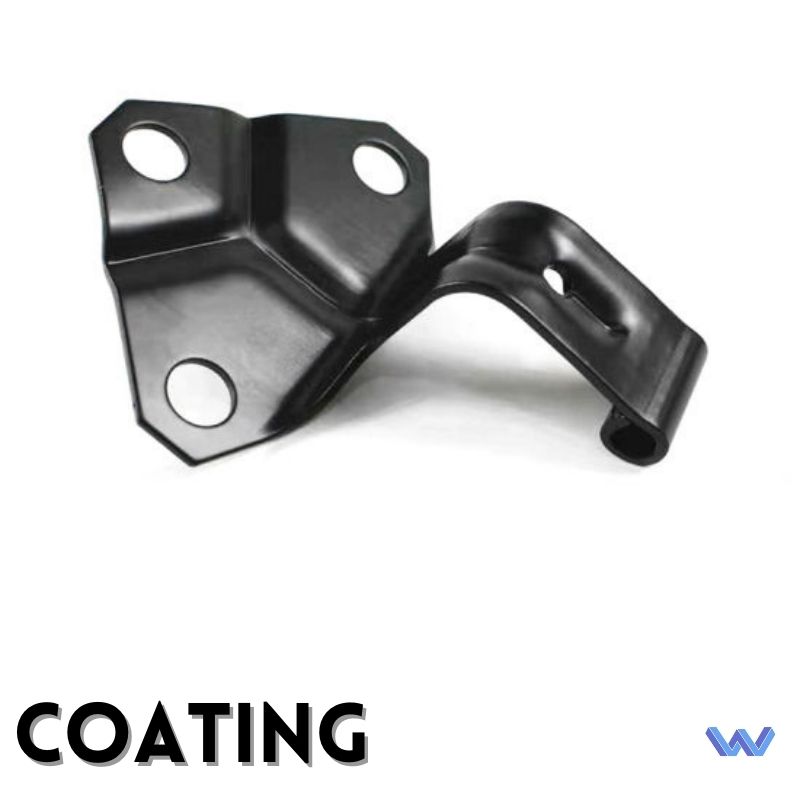Coating is a crucial process in CNC fabrication services, involving the application of a thin layer of material onto the surface of an object to achieve various purposes such as protection, decoration, or functional improvement. Coatings can be applied to a wide range of materials, including metals, plastics, ceramics, and composites.
There are two main categories of coatings in CNC machining: functional coatings and decorative coatings. Functional coatings are applied for purposes such as corrosion resistance, wear resistance, and thermal resistance, while decorative coatings are used to achieve aesthetic purposes like color, texture, and gloss.
There are several methods for applying coatings, including spraying, dipping, brushing, and electroplating, each with its own set of advantages and disadvantages. The choice of method depends on the type of coating, the material being coated, and the desired properties of the coating.
In CNC machining, coatings can be applied to enhance the performance of cutting tools, such as improving their wear resistance and reducing friction. Coatings can also be applied to the surfaces of machined parts to improve their corrosion resistance, hardness, and appearance.


